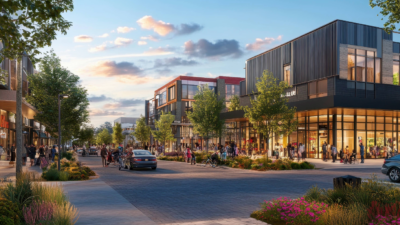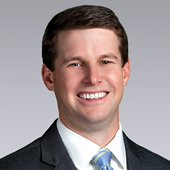When institutional investors consider real estate, they traditionally see healthcare real estate as a stable alternative. In the recent past, they could assume an 80% renewal rate from doctors in medical office buildings, but that has changed. Most of what healthcare property developers are designing and building today is targeted for a single tenant with multiple specialties and departments.
Plus: Private practice vs. hospital employee: how doctor’s decisions affect real estate | Repurposed buildings: one-stop shopping locations for patients
Renewals are down due to multiple factors. Many doctors today prefer to join a health system instead of setting up shop on their own, and the hospitals are welcoming them with open arms. Independent physicians are faced with high costs of installing electronic medical records, updating equipment, and functional obsolescence in many office buildings. Add to that the stress of managing an office and employees, unexpected costs, and competition with well-organized health system outpatient clinics, and you have a strong disincentive to run your own shop. Physicians are also being pressed on office lease renewals based on how much they can afford to pay; rising rates cannot always be handled by doctors.
Also: Eleventh Avenue: Manhattan’s last frontier | How our sdummer intern changed the way we lead
Doctors who become employed by systems don’t face functional obsolescence the same way independent physicians do. The physician groups that are bought by hospital systems are in place now, but will be moved to higher-quality functional medical office buildings in the future. Specialty facilities will be located in convenient areas for both patients and doctors; cancer care doesn’t need to be on the campus any longer.
The future for independent physicians will provide more shared space for a clinic foundation or multiple doctors, with some wanting time-share, some co-locating, and others perhaps merging their businesses. The pure multi-tenant building is a dinosaur, replaced with hybrid buildings: 50 percent foundation employee space, 50 percent independent private doctors. It gives the independent doctors flexibility, and the ability to transition to a foundation employment on a gradual basis so they can be comfortable with it. The patient experience inside these buildings is very different. Patients have a full continuum of care, and one receptionist takes a patient around to their appointments inside the multi-specialty building for the day.
In addition to analyzing the real estate opportunity, investors must look closely at the earnings before interest, taxes, depreciation, and amortization (EBITDA) of the tenants and their risk profile or ability to be a good long-term risk. It is important to understand the operation of the tenant or health system, whether the physicians are in or out of network, and other factors. One has to underwrite the operator in addition to the real estate to make a good investment.
Beth (CCIM, LEED AP) is a healthcare real estate advisor to health systems with a specialty in the sale of investment properties including hospitals, surgery centers and medical office buildings. She was a former pilot, professional pianist, and dance instructor who co-owned a 25-thousand acre ranch in Wyoming before flipping Texas real estate to fund her early brokerage career.

 Beth Young
Beth Young

 Shawn Janus
Shawn Janus
 Malcolm Randolph Jr.
Malcolm Randolph Jr.
 Brian Bruggeman
Brian Bruggeman